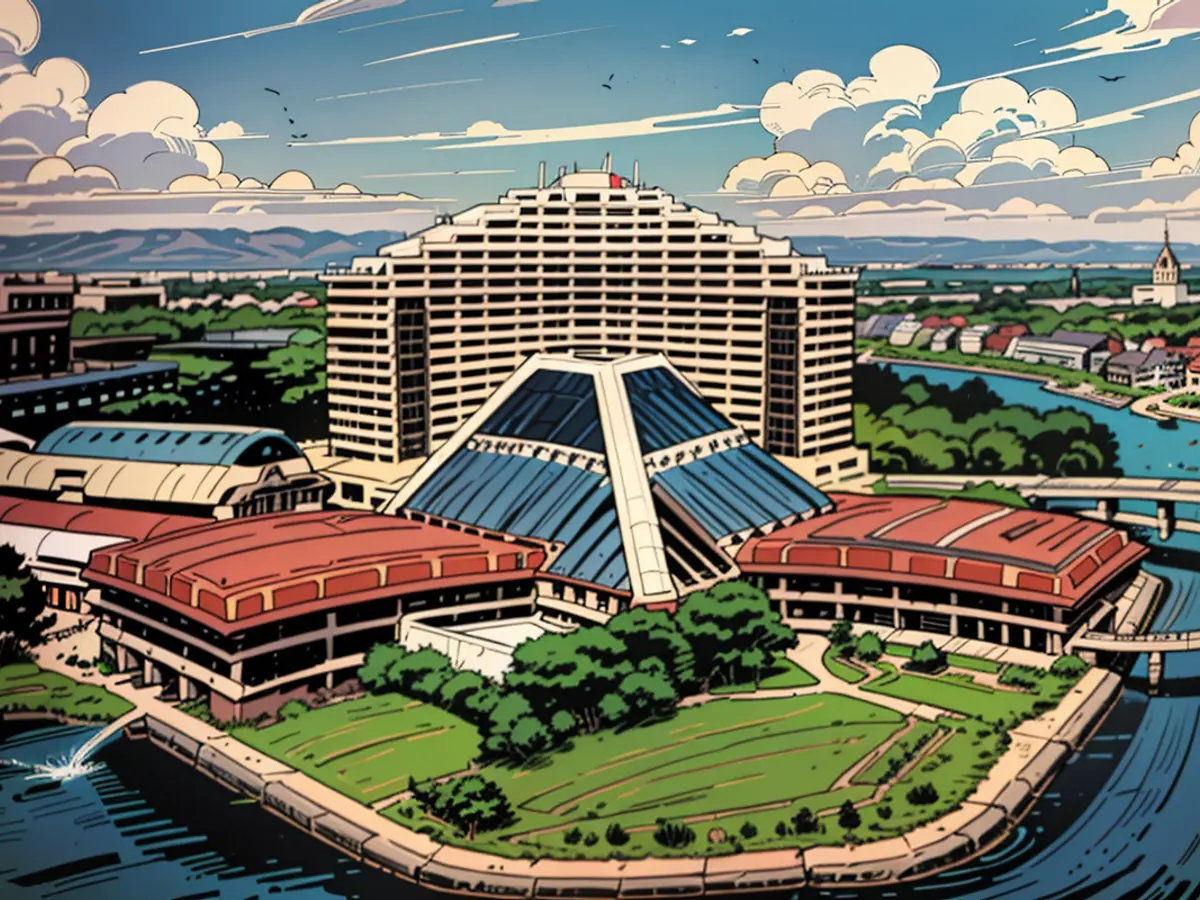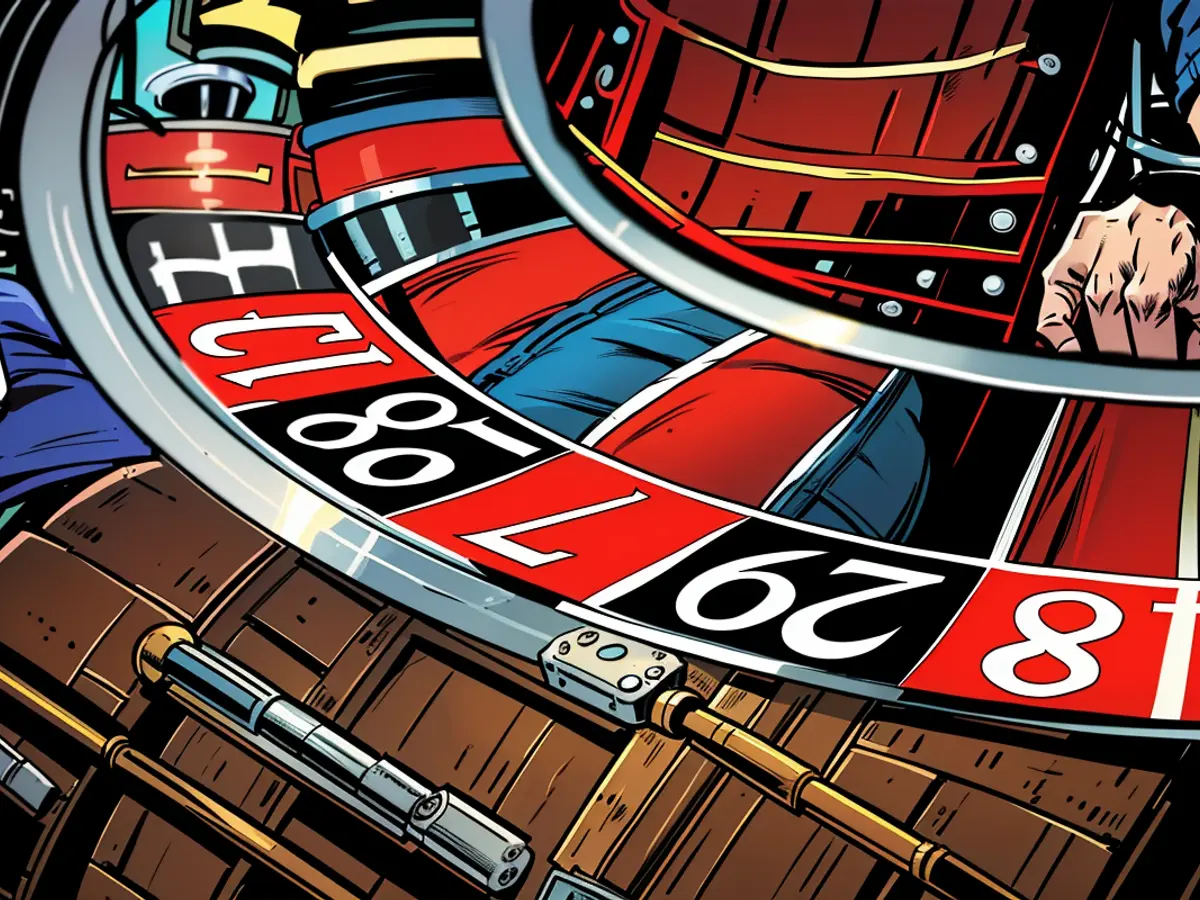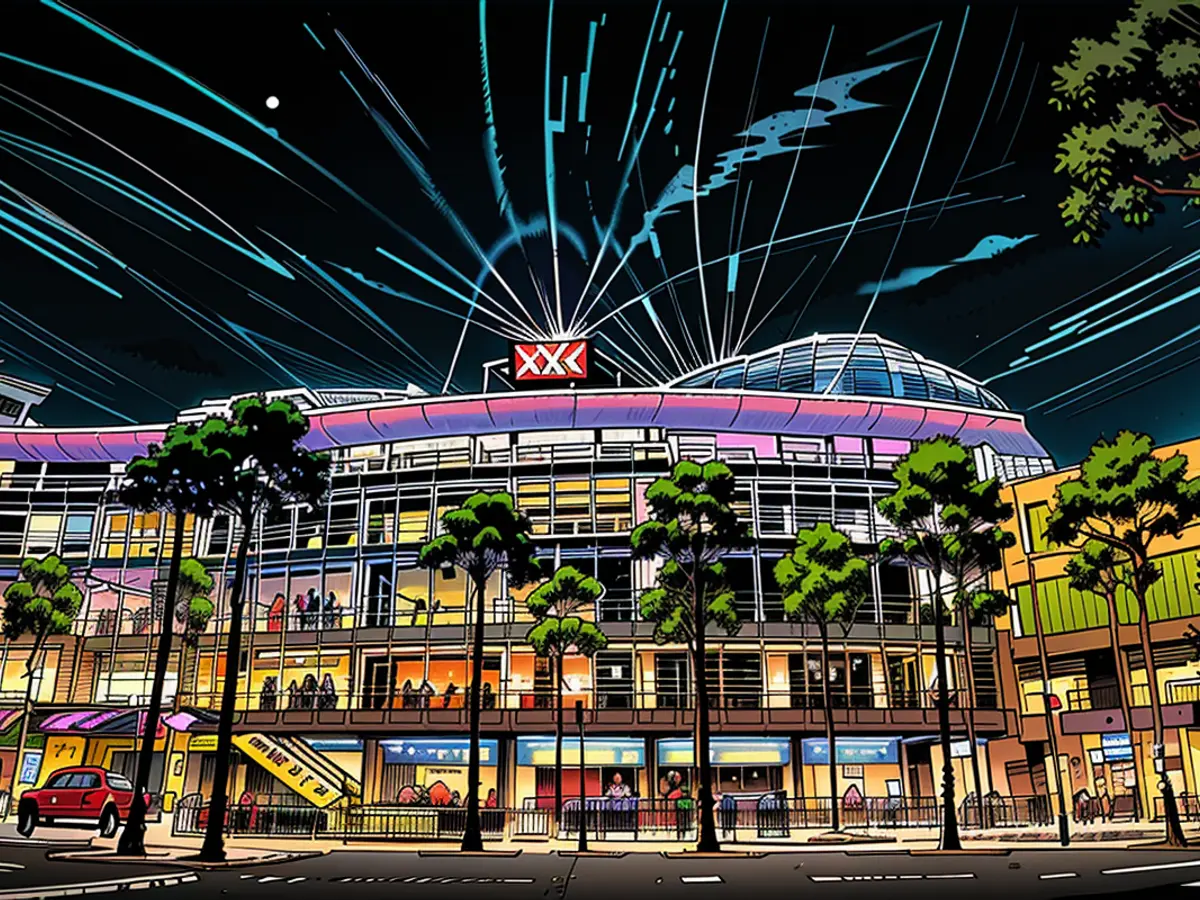L'accord sur le stade de Las Vegas n'est pas rentable - Stanford Prof
It may not be a bad thing for Las Vegas that Senate Bill 509, providing $380M in public funds for a $1.5B stadium on the Strip for the Oakland Athletics, died in the Nevada Legislature this week.
According to one Stanford University professor, this deal is a bad one. Roger Noll, a Stanford professor of economics emeritus, analyzed the numbers associated with the bill in an interview with USA Today Sports and stated that Nevada comes out as an almost certain loser.
Allons-moi aux foules ?
To begin with, the A’s project revenue generated by nearly 2.3M home and away fans across 81 home games in a season, which could only happen if every game at the proposed 30K-seat stadium sold out.
"This notion that of those 162 baseball games, I’ve got to see those three that are between the A’s and the Royals in Las Vegas — it’s just nonsense, right?" Noll said. "It’s not true, it’s not going to happen."
And anything short of sellout crowds won’t generate sufficient tax revenue to cover the stadium financing. That would leave Nevada on the hook for the money, not the A’s.
It’s true that the Raiders received $750M in public funding to leave Oakland for their $2B stadium in 2020, but, as Noll said, "le baseball n’est pas la NFL."
This is probably a good place to point out that the A’s are currently on pace to set a major league baseball record for most losses in a single season.
Viabilité des concerts
Another bone Noll picks is with the A’s projection that their stadium will host at least five non-A’s events per year.
Allegiant Stadium, the home of the Raiders, sits almost directly across the Strip from the A’s proposed Tropicana site and seats 65K. That’s more than twice the proposed A’s stadium’s capacity. As such, it is likely to continue snagging all of the K-Pop and Taylor Swift-sized concerts, leaving the ballpark to compete in an already overcrowded field occupied by the T-Mobile Arena (20K capacity), MGM Grand Garden Arena (17K), and soon-to-open MSG Sphere (18.6K).
Noll also balked at the A’s claims that a new ballpark would be a jobs bonanza. The hours available for an estimated 500 stadium employees to work across 81 home games equates to 15% of a full-time job, he argued. That’s the equivalent of less than 100 full-time jobs.
For decades, public subsidies for new sports stadiums have been the norm, driven by the perception that they always create positive economic impacts.
According to Noll, "les économistes, lorsqu’ils effectuent des recherches sur l’impact des équipes sportives, trouvent généralement que l’effet sur les revenus locaux et l’emploi est légèrement négatif."
Despite the failed stadium deal, there's speculation about the possibility of a casino opening near the proposed A's stadium site. The potential casino could attract non-baseball events and contribute to the local economy.
However, even if a casino materializes, the success of both the casino and the stadium would heavily rely on attracting substantial crowds, a challenge given the already crowded concert venue scene in Las Vegas.






